Aging Gardens
of
Joe Landsberger
Saint Paul, Minnesota

Home and Garden
Overview
Perennials in
April |
May |
June |
July |
September
Through the months:
Ground covers |
Shrubs |
Trees |
Houseplants |
Installations and art |
Maintenance |
West End Neighbors
Garden and History Tours
Virtual Tour of the Leech Street
Perennials in July:
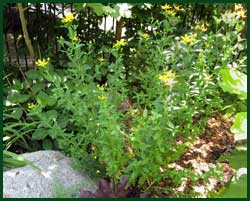
July
5, 2020:
Great St. Johnswort (Hypericum pyramidatum).
"This species do not have nectarines, glands that secrete nectar for pollinators, but do produce a lot of pollen"

July
9, 2021:
Cimicifuga racemosa
(lots of aliases: black cohosh, black bugbane, black snakeroot, or fairy candle. Cimicifuga have recently been transferred to the genus Actaea.
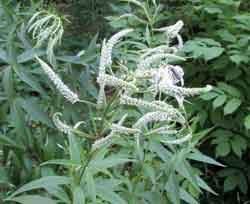
July
9, 2021:
Lysimachia clethroides
Gooseneck loosestrife: considered "aggressive" but can naturalize in controlled broad drifts
 July
8, 2020:
July
8, 2020:
Coral bells (heuchera) from day 51.
Seems cracks in the limestone walk are perfect nurseries for their seedlings.

July
12, 2020:
Mullein (Aaron's rod, Indian tobacco, Bullock's Lungwort, Lady's Foxglove)
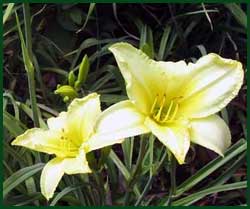
July
14, 2020:
Daylily.
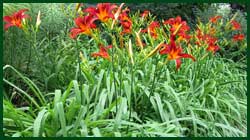
July
15, 2020:
Day lily (Hemerocallis firefly) hedge

July
15, 2020:
Wild petunia (Ruellia humilis)
Not really a petunia but is a native and seeds itself liberally
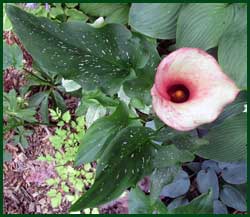
July
15, 2020:
Calla lily (Zantedeschia)
This photo brings to mind Georgia O'Keeffe's work.
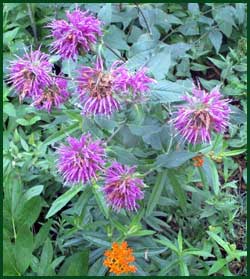
July
19, 2020:
Beebalm (Monarda didyma) with Butterfly Weed (Asclepias tuberosa).
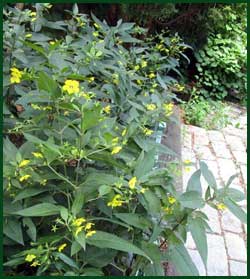
July
20, 2020:
Fringed Loosestrife (Lysimachia ciliata)
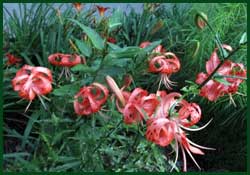
July
23, 2020:
tiger lily (Lilium lancifolium)

July
28, 2020:
Solomon Seal (Polygonatum)

July
31, 2020:
Indiangrass (Sorghastrum nutans)
With a backdrop of switchgrass (Panicum virgatum). "Fertile spikelets, whether they are sessile or pedicellate, are 5-8 mm. long (excluding their awns) and lanceoloid in shape; they are typically golden brown during the blooming period. Each fertile spikelet consists of a pair of glumes, a sterile lemma, an awned fertile lemma, and a perfect floret. The glumes are the same length as the spikelet; they are lanceolate, convex along their outer surfaces, longitudinally veined, and somewhat shiny. One glume is covered with silky white hairs, particularly along the lower length of its length, while the other glume is mostly hairless." I don't think I understand any of this.
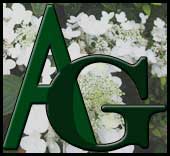
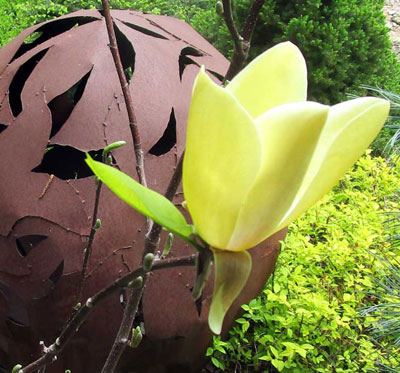 The
greatest gift of the garden
The
greatest gift of the garden